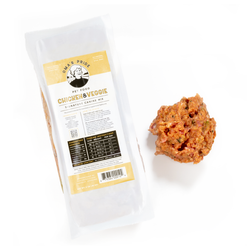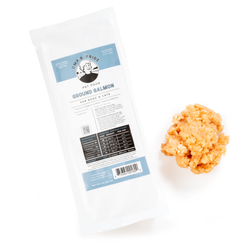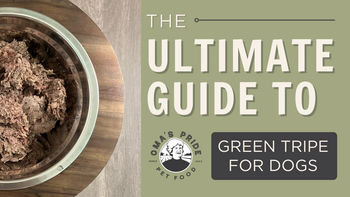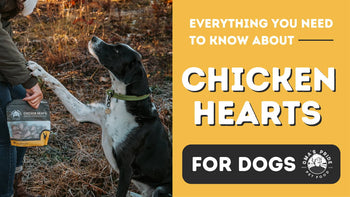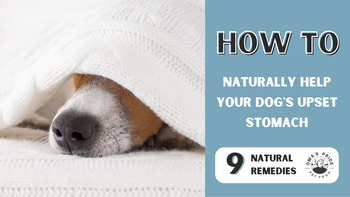7 minutes read
Complete Recipes Vs. Signature Mixes: What’s the Difference?
Learn the difference between our Complete Recipes and Signature Mixes. Complete Recipes are a convenient, all-in-one meal that’s AAFCO complete & balanced. Signature Mixes are a flexible option for experienced feeders who enjoy rotational feeding and customizing meals.
